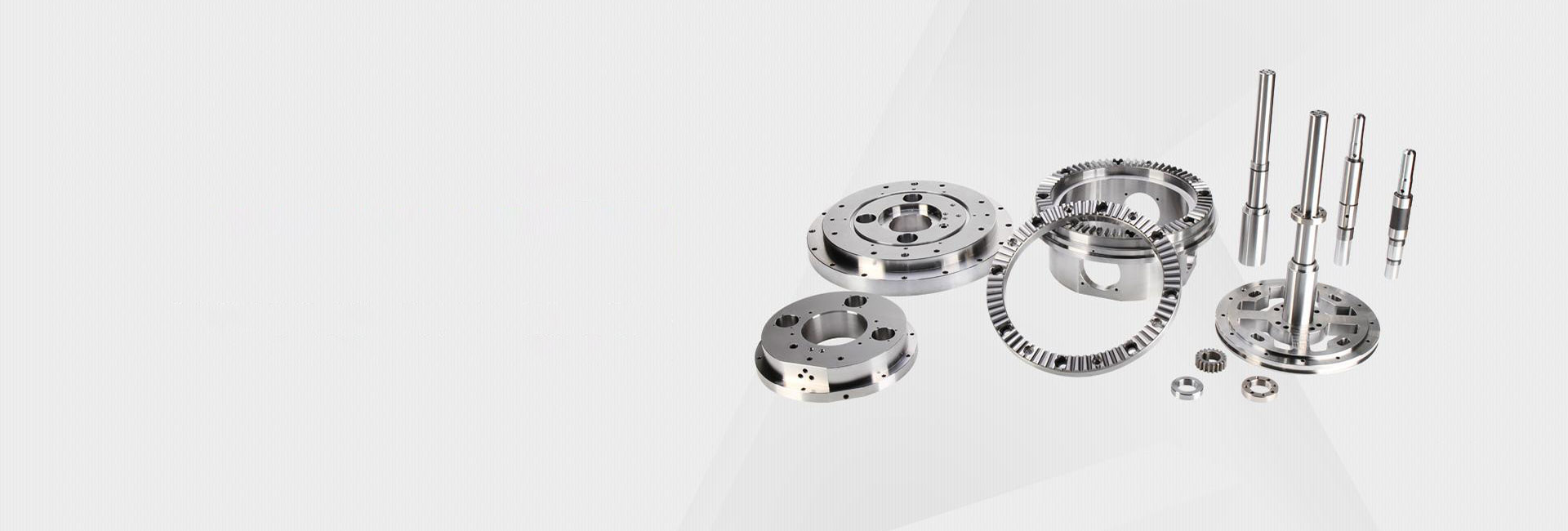How Much Does a Small CNC Machining Project Cost? A Practical Pricing Guide
Ever had a brilliant product idea, only to be stopped dead in your tracks by one burning question: "How much is this going to cost me to make?" 😫 If you're a buyer, engineer, or business owner looking into small-scale CNC machining, you know this pain all too well. The internet gives you a thousand different answers, and none seem to fit your specific part. Let's cut through the noise and talk real numbers for small projects. 🤔
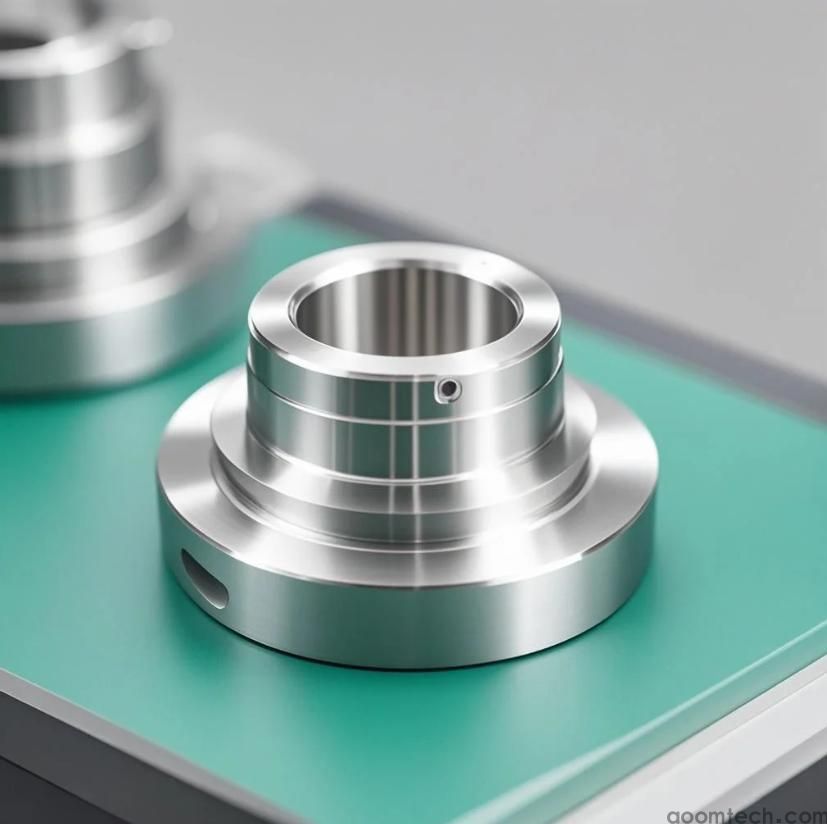
So, What's the Real Price for a Small CNC Job?
Let's get straight to the point. There's no single number, but for a typical small CNC machining project, you might be looking at anywhere from $50 to $500 per part for simpler designs in lower quantities. But wait, before you take that as a final quote, you need to know that this number is like a piece of clay—it changes shape based on a bunch of factors. Some folks think it's all about the raw material, but honestly, that's often just the starting point.
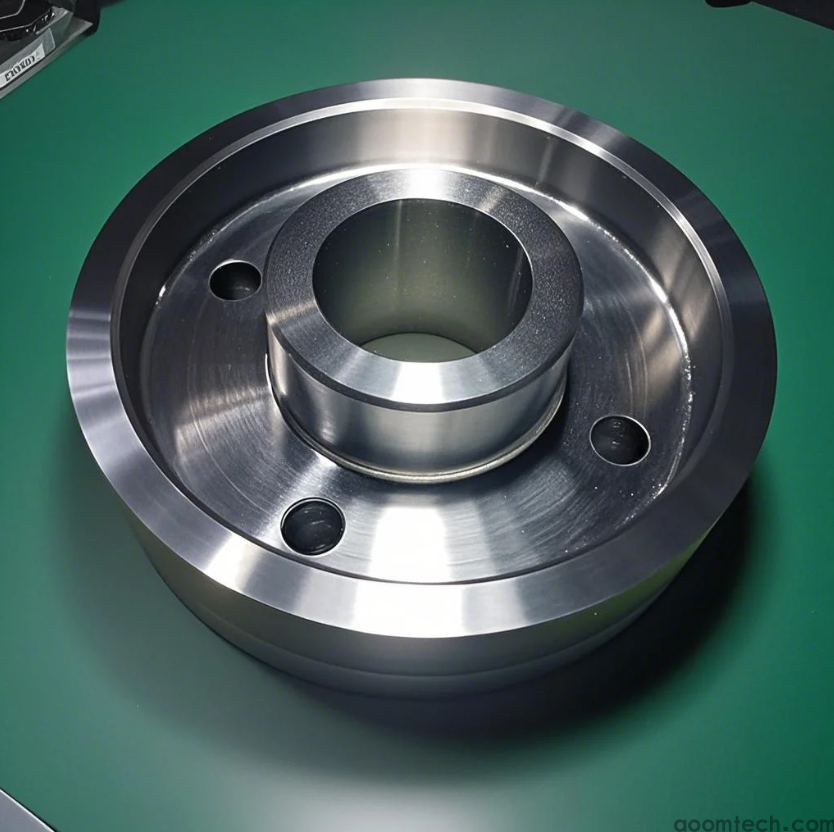
The Big 4 Factors That Decide Your Final Bill 🧾
Why is giving a price so tricky? Because every part is unique. Here are the main things that push the cost up or down:
1. Part Complexity: A simple bracket is one thing; a complex housing with tight tolerances and intricate features is a whole different ball game. More complex shapes mean longer machining time and more sophisticated programming.
2. Material Choice: Obviously, machining aluminum is generally cheaper than wrestling with titanium or stainless steel. The material cost and how easy it is to cut play a huge role.
3. Quantity Needed: Needing one piece is very different from needing one hundred. While the first part has a high setup cost, the price per part drops significantly as you order more due to amortized setup.
4. Tolerances and Finishing: Do you need a super-smooth finish or super-tight dimensions that are hard to achieve? Tighter tolerances and special surface treatments add time, skill, and cost.
It's Not Just About the Machine Time
A common mistake is to only think about the time the metal is being cut. The real cost includes a lot of behind-the-scenes work. You've got engineering review to make sure your design can actually be made, programming the CNC machine (which is a skill in itself), and quality control to check everything is right. This is why a "simple" part still has a base cost. It's not just the cutting; it's the thinking.

How to Get the Most Accurate Quote (Without the Surprises) 💡
To avoid sticker shock, you need to be a smart client. Here’s what you can do:
✅ Provide a Clear Drawing or 3D Model: This is non-negotiable. The more detail, the better. It removes all the guesswork.
✅ Specify Your Must-Haves vs. Nice-to-Haves: Can some tolerances be looser? Is a cosmetic finish critical? Being upfront about this can save you money.
✅ Ask About Their Process: A good supplier will walk you through how they arrived at their quote. This transparency builds trust.
From my experience, the suppliers who take the time to ask you questions about your project are often the ones who will give you the most reliable and fair price. They're invested in getting it right, not just getting the job.
Is a Cheaper Quote Always a Better Deal?
Here's a thought. That surprisingly low quote might be tempting, but it perhaps hints at corners being cut—maybe in material quality, inspection, or operator expertise. A critical dimension being off by a hair can render your entire batch useless. However, it must be said, a higher price doesn't automatically mean supreme quality either. The goal is to find a partner who offers a fair balance of cost, quality, and service. You're not just buying a part; you're buying peace of mind.
Ready to move from guessing to knowing? Get a precise, no-obligation quote tailored to your specific project. Our team is here to review your files and provide a transparent cost breakdown. 👉 Contact our online service team today to get started!
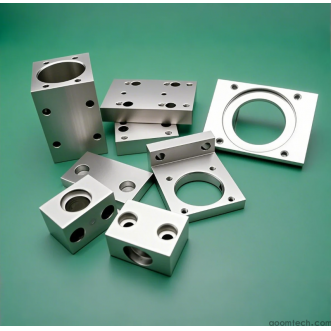 How is the price calculated fo
How is the price calculated fo
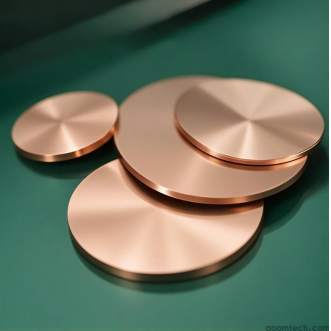 How Does a High-Precision CNC
How Does a High-Precision CNC
 What Factors Affect CNC Machin
What Factors Affect CNC Machin
 How to Choose a Supplier for C
How to Choose a Supplier for C


